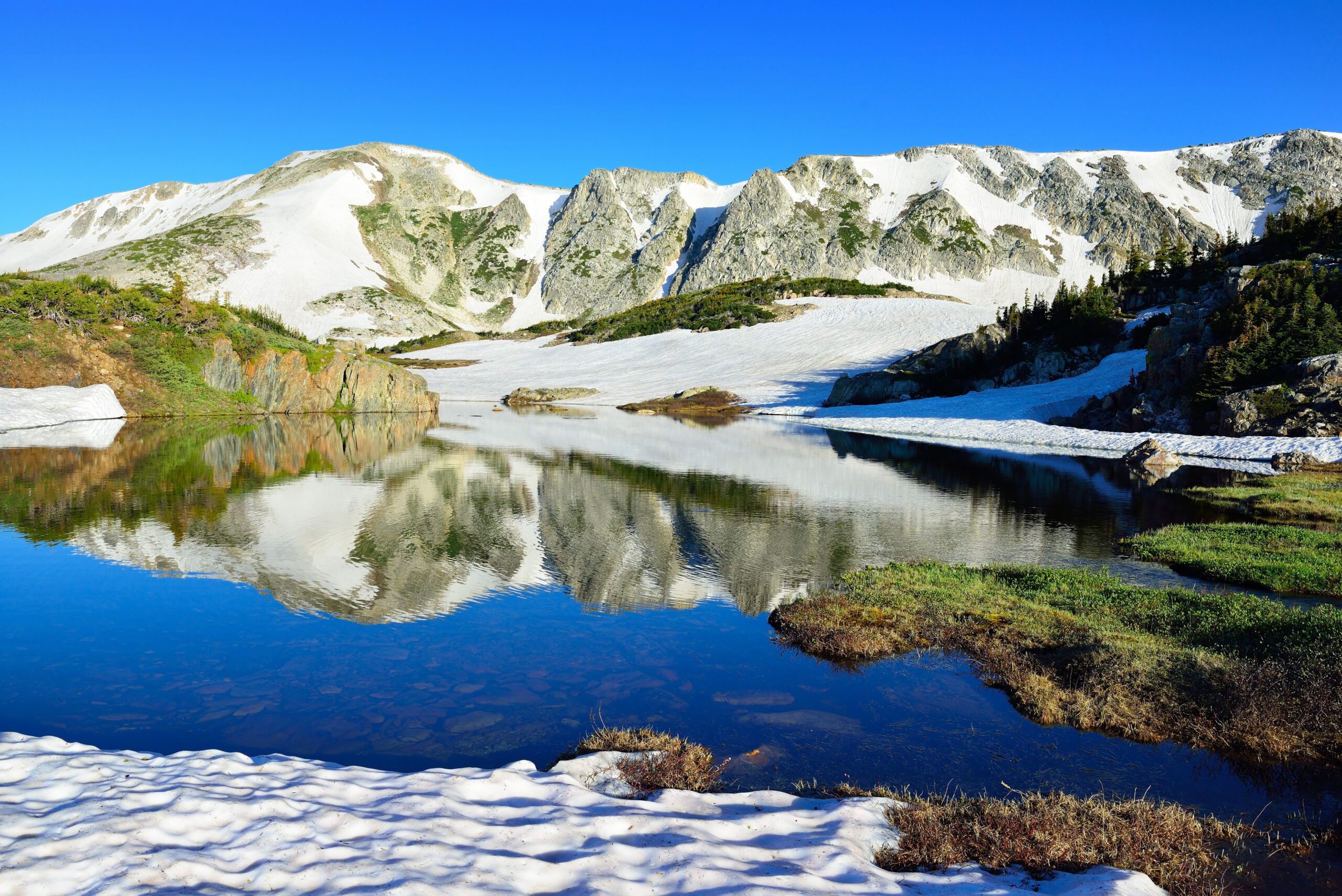Water Quality

Energy improves water quality through water and wastewater treatment, but energy can also degrade water quality through mistakes, accidents, or systemwide effects. Oil spills are particularly high-profile risks to water quality. For example, in 1989 the Exxon Valdez spilled 42 million liters (11 million gallons) of oil along Prince William Sound in Alaska. The explosion and subsequent oil spill from the Deepwater Horizon drilling rig on April 20, 2010, in the Gulf of Mexico was even larger.
While a large tanker carrying crude oil as a high-dollar freight makes big news when it loses its valuable cargo, many smaller spills happen each year. Though small, they impact local environments and can cause cascading problems.1See for example: P. Rogers and S. Gonzalez, “San Francisco Bay spill largest since ’96,” San Jose Mercury News, November 7, 2007; and A. Price, “City sleuths solve mystery of oil tank owner,” Austin American-Statesman, March 12, 2008. Hurricanes also cause spills. According to the newspaper coverage at the time,
“Hurricane Ike’s winds and massive waves destroyed oil platforms, tossed storage tanks, and punctured pipelines. … At least a half million gallons of crude oil spilled into the Gulf of Mexico and the marshes, bayous, and bays of Louisiana and Texas.”2Dina Cappiello, Frank Bass, and Cain Burdeau, “AP Investigation: Ike environmental toll apparent,” USA Today, October 6, 2008.
The storm hit industrial centers near Houston and Port Arthur, Texas, and oil production facilities off Louisiana’s coast. Over the span of a few days, the hurricane destroyed 52 oil platforms out of roughly 3,800 in the Gulf of Mexico, causing at least 448 releases of oil, gasoline, and dozens of other substances and impacting the ground, air, and water in Texas and Louisiana. The Associated Press reported, “By far, the most common contaminant left in Ike’s wake was crude oil.”

Spills also occur from leaking pipelines. The U.S. Department of Transportation keeps a record of “Significant Pipeline Incidents,” those that cause fatality or injury or have costs in excess of $50,000, liquid releases of 50 barrels or more, or releases that cause fire or explosions.3“Significant Pipeline Incidents,” Pipeline & Hazardous Materials Safety Administration U.S. Department of Transportation, accessed May 8, 2013, link. On average, over 125 significant spills release more than 120,000 barrels of hazardous liquids annually in the United States. Despite that record, pipes are generally considered a safer, cheaper and cleaner way to transport liquids than trucks and trains.

Natural gas poses its own risks to water quality from natural and anthropogenic contamination. Environmental activists argue that increasing natural gas production will exacerbate the risks of the latter. While these risks are very real, some aquifers contain naturally occurring methane. One notable example is the town of Burning Springs, West Virginia, which is named for the phenomenon of natural gas in the water burning when ignited.
Unconventional gas production from hydraulic fracturing in shale formations uses large volumes of water for well completion, generates large volumes of wastewater, and penetrates the water table. Notably, conventional and unconventional drilling share these risks. At the same time, the volumes of water and the types of chemicals injected into and produced from wells differ, and the higher pressures that are used for hydraulic fracturing can intensify the risks for well failures.
While research to quantify the risks and impacts are still under way,4B. D. Lutz, A. N. Lewis, and M. W. Doyle, “Generation, transport, and disposal of wastewater associated with Marcellus Shale gas development,” Water Resources Research 49 (2013), accessed August 29, 2016, doi: 10.1002/wrcr.20096; and Thomas H. Darrah, et al., “Noble gases identify the mechanisms of fugitive gas contamination in drinking-water wells overlying the Marcellus and Barnett Shales,” Proceedings of the National Academy of Sciences of the United States of America 111 (2014), 14076–14081, accessed August 29, 2016, doi: 10.1073/pnas.1322107111. anecdotally, the above-ground risks from spills, leaks from storage ponds, and truck accidents that cause tanks to release water seem to be a much bigger overall factor. Further studies have clarified that the water-quality risks are primarily from the drilling and cement work of the well, not the fracturing.5Thomas H. Darrah, et al., “Noble gases identify the mechanisms of fugitive gas contamination in drinking-water wells overlying the Marcellus and Barnett Shales,” Proceedings of the National Academy of Sciences of the United States of America 111 (2014), 14076–14081, accessed August 29, 2016, doi: 10.1073/pnas.1322107111.

Image Credits: kris krüg/CC BY-SA 2.0; Bob McMillan/FEMA; Leonid Ikan/Shutterstock.com; Bill Cunningham/USGS.


